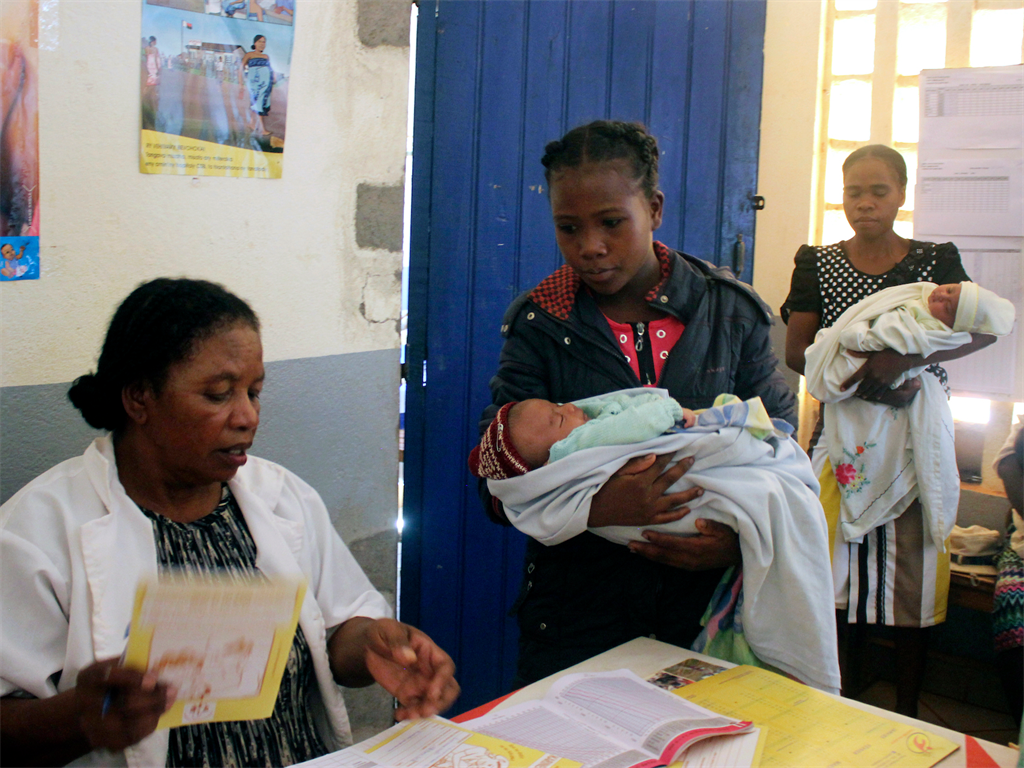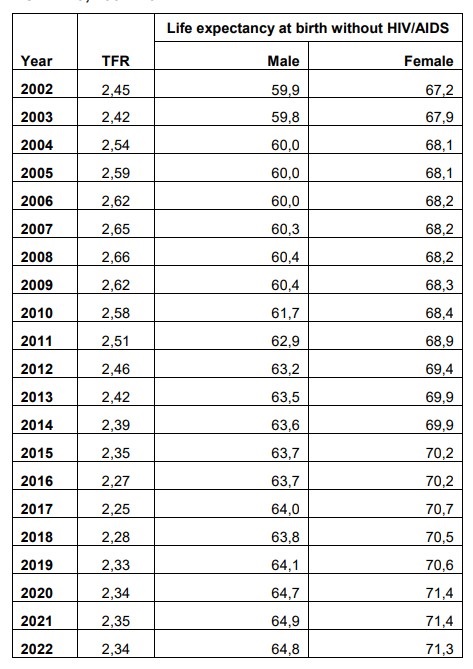
- South Africa is expected to see a drop in its fertility rate as a result of the Covid-19 pandemic and the accompanying economic downturn.
- The difficulty that comes with managing a household may also be a factor when deciding on whether to have more children.
- This is according to a recent Stats SA report.
The Covid-19 pandemic and the accompanying economic downturn could result in a drop in South Africa’s fertility rate, says Stats SA in its Mid-year population estimates report.
The report, released last week, provides estimates of the population of SA and includes current indicators of fertility, mortality and migration.
"The impact of Covid-19 on conception and subsequently the expected births post-2020 is anticipated to decline given the escalation in economic uncertainty."
Though the report said empirical data on fertility in SA will only be reflected in the recorded live birth occurrences and registration of 2021 and the nine months after, there is a wealth of studies showing that in uncertain times people become more prudent about having children.
One study of 22 developed countries, for example, found a decline in immediate fertility with higher unemployment among men and women, when faced with economic uncertainty.
In SA, the pre-Covid-19 unemployment rate increased 3,4 percentage points from 29,1% in the fourth quarter of 2019, to 32,5% in the fourth quarter of 2020.
By the fourth quarter of 2021, the official unemployment rate further increased to 35,3%, but declined in the first quarter of 2022 to 34,5%.
A heavy toll
Apart from the economic strain, the difficulty that comes with managing a household was also a factor when deciding whether to have more children.
"Along with decreased job security, family routines around domestic work, childcare, school supervision and other stressors have shown to sway women to further delay births post Covid-19."
The report also noted that the pandemic lockdown restrictions on the movement of people could also have had an impact.
"The lockdown measures themselves have also inadvertently prevented physical contact and as a result delaying or even limiting possible pregnancy in the short-term."
On the way down
If the fertility rate - average number of children born alive to a woman during her lifetime during her childbearing years - were to decline, it would continue a trend that has seen a sharp decline in the number of women having children since 1994.
When SA became a democracy in 1994, the fertility rate was 4 children per woman. It fell to 2,7 in 2000 and is expected to fall to 2,34 in 2022.
Replacement fertility rate, the rate at which women give birth to enough children to sustain population levels, is 2,1.
The fertility rate should not be confused with the population growth rate, which is the annual average rate of change of a population size. The fertility rate only accounts for births during a period, while the population growth rate also considers the mortality rate.
Though the pandemic might see an overall decline in the fertility rate, it might also have a detrimental impact on the provision of reproductive health services, noted the report.
"Health professionals and planners are concerned with the impact of the lockdown measures due to Covid-19 on the rollout of sexual and reproductive health services such as access and uptake of contraceptive methods, prenatal care provided to mothers, rollout of anti-retrovirals and early treatment and diagnosis of diseases and illnesses."
There is also there is also a concern that adolescent pregnancies may rise due to the hampering of sexual and reproductive programmes and campaigns due to the pandemic.
